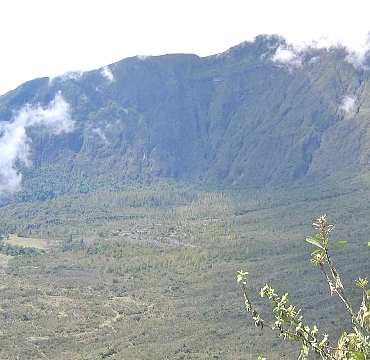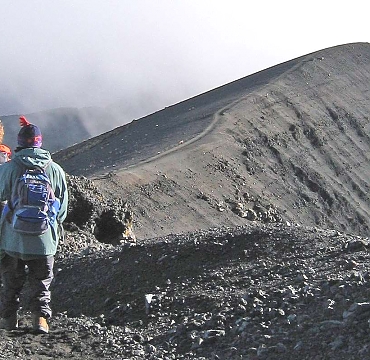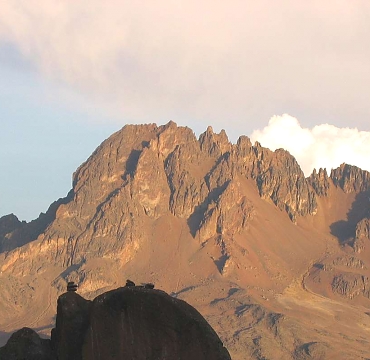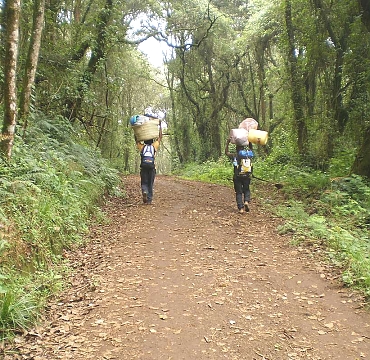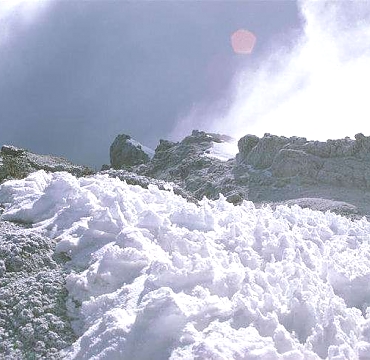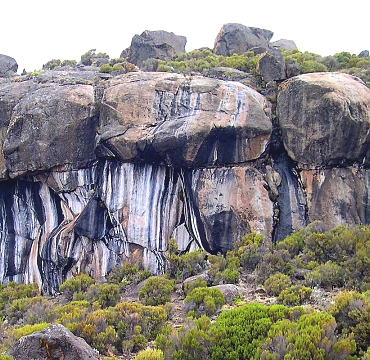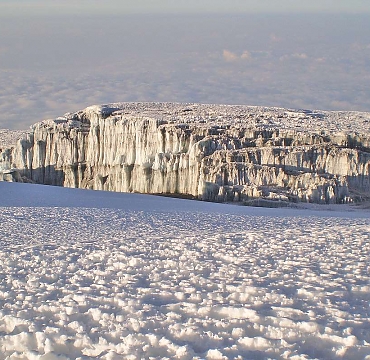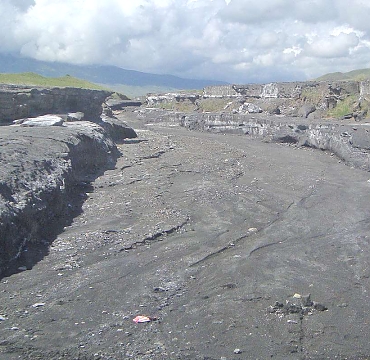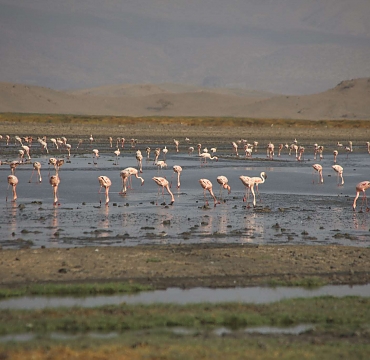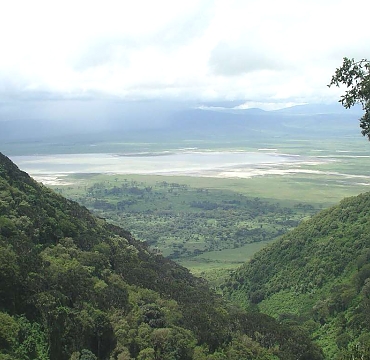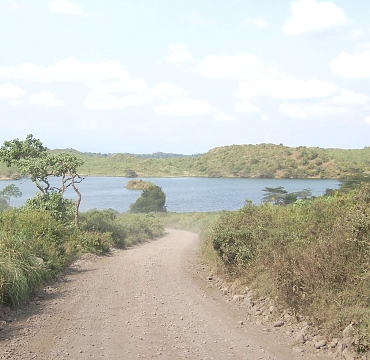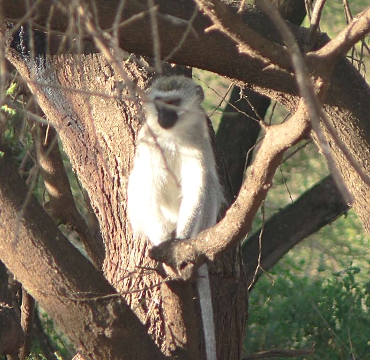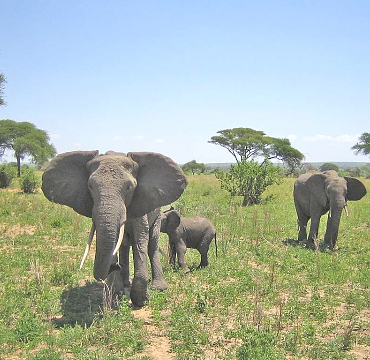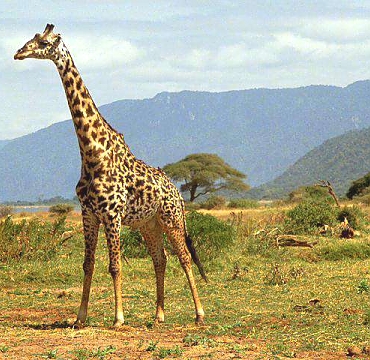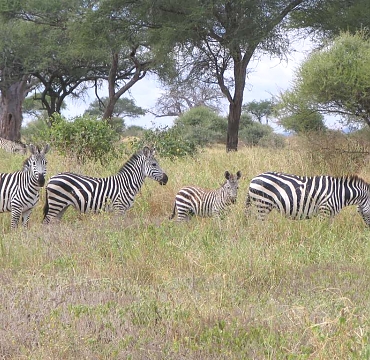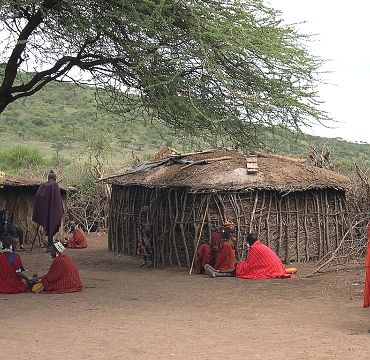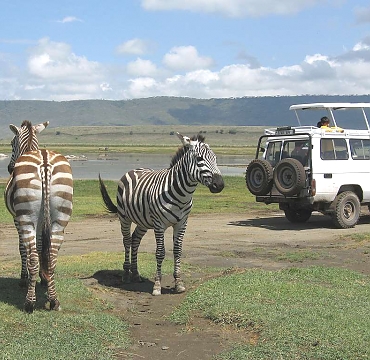Cultural Tourism
AN INTRODUCATION TO EAST AFRICA
The four territories of Tanzania, Kenya, Uganda and Zanzibar making up “The East Africa”; which form a rectangular block; covers on area of 645,000 sq. miles.
The distances within East Africa are very considerable. From the north of Kenya to the south of Tanzania is 1,200 miles. The width across Tanzania is about 600 miles. East Africa stretches through 11 degrees of longitude of longitude and 17 degrees of latitudes, about 2/3 of it being in the southern hemisphere.
Tanzania: Welcome to the extremely interesting rural areas in Tanzania where you can experience African life and enjoy the scenery of Green Mountain and wide plans. The population of Tanzania people drawn from over 120 ethnic groups; each with his own custodian of a culture that traces its history either to North, South or West Africa, the Asian sub-continent and the Arabian peninsula. The people of East Africa.
About 89% of the people of East Africa come from three main groups, {a} Aboriginal Group {b} Hermitic Group and {c} Negroid Group.
Aboriginal: There are very few of them remaining, the “Dorobo” or Hadzabe are the very important survivors as far as is known the always live in East Africa. These people are of yellowish-brown skin as they live in the Great Rift Valley around Manyara region, Babati district for Tanzanian side. They usually live by hunting as they eat game meat, roots and fruits in the bush.
Hamitic: The nomadic Gala and Borau of the desert of northern Kenya and Mbulu of Tanzania are pure hamates similar to Somali. These people have skins color varying from darkish white to a coppery brown that are fairly tall and have wavy or curly hair. Their faces are narrow with longish noses and thin lips.
Negroid: There are no pure Negroes in East Africa, but there is a strong mixture of Negro blood. This is shown by the dark skin, curly hair and thick lips, which are so common. Most of the tribes of East Africa are made up of a mixture of these three stocks. The most numerous group is the Bantu.
The Bantu: Bantu strictly refers to the language and not to race. Most of the Bantu-speaking peoples are the result of intermarriage between Negroid and Hamitic tribes. The color of the skin is much lighter than that of the West African Negroes; their color is of varying shades of chocolate. Many of the best-known tribes of East Africa are the Bantu; the Haya, Sukuma, Chagga, Nyamwezi, Nyakyusa and Kikuyu etc.
Nilotics: Among these people, the Negro strain is very much more obvious. This is however a mixture of Hamitic blood even among the Nilotics. This mixture took place in Sudan before they arrive in East Africa. The Nilotics; therefore speak a Sudanese language; they are on the average much taller and much darker than the Bantu. Infact, they are among the tallest peoples of the world. They also tend to be rather thing, also they have curly hair and their faces vary between rather long and fine face of a Hamite and round face with broad lips of a typical Negro. The most important representatives in East Africa of this group are the Jaluo and Acholi.
The Nilo–Hamites: As their name suggests, have a large proportion of the Hamitic element in them. It is difficult to describe a typical Nilo-Hamite, as the degree mixture between Hamitic and Negro varies very greatly. The Nilo-Hamitic tribes of Tanzania, Kenya and Uganda have two skin colors; dark, similar to the Nilitic, and a reddish-brown, very common among the Maasai. The most obvious characteristic of the Nilo Hamitic people is their love of the pastoral way of life.
CULTURAL TOURISM:
The Tanzania's people are among the most welcoming and approachable on earth; most of ethnic groups are now welcoming visitors into their communities, understanding of their people and their perceptions of the country around them; and introducing them to the traditions and ready to be shared with visitors.
From Kilimanjaro; the wachagga of the slope of Mt. Kilimanjaro you can combine a hike up the world's most impressive mountain with a visit to its people, the historically progressive of Wachagga, see traditional chagga house hold and modern chagga art, culture and homes. Maasai land; see how the Maasai, among the last of the world's pastoral peoples, are adapting to the 21 st Century in their own way and in their own time, trekking with Maasai the Ngorongoro Highlands, visit Engaruka, the lost city in the shadow of the Great Rift valley wall, where Maasai mixed irrigation, farming and traditional herding.
In Mkuru, Just near Arusha National Park, short camel treks with local Maasai give visitors a view into nomadic culture, as they climb nearby Ol'doinyo Landaree, for one-day with Maasai warrior to the active soda carbonative volcano in the world – Ol'doinyo Lengai called the mountain of the God's by the local Maasai, Ol'doinyo Lengai makes a thrilling overnight trek-its summit remains gently active and molten ash is visible from its peak. Lake Eyasi; - Home to some of the last hunter-gathers in Africa, the Hadzabe Bushmen have made the area around Lake Eyasi their long-time hunting grounds. A day –trips or longer safaris with the Hadzabe Bushmen give visitors a chance to experience a way of life that has long since vanished else-where on the planet. Morning hunts with the Hadzabe warriors armed, at evening sleeping on a wild animal skin bed, offer a fascinating view into an ancient way of life. Honey-gathering, walks to find traditional healing plants and food, and traditional dances are all part of the hadzabe cultural tourism experience.
Meru: Only minutes in any direction from bustling Arusha are spots that look and feel as they did decades ago. But everywhere, too, is transition as the Waarusha and Wameru peoples adapt tradition to progress and science. Visitors can meet a traditional medicine on remote hillsides with the doctors of the Wameru tribe. Also learn about animal husbandry and agriculture, or buy carvings and foodstuff from local handicraft co-operatives or women's businesses.
The Usambara: An African Switzerland, a hiker's paradise, with dozens of varied treks from full day tour to a week the stunning mountainous district of Lushoto was once home to one of Tanzania's great historical kingdoms. Cultural tourism programs are beneficial to everyone the tourist get a unique, unforgettable experience, the local people generate income and improve their standard of living, and both parties gain a valuable understanding of another culture which will last long after the visitors have returned home. Most cultural tourism is located near the main thoroughfares of the principal tourist destinations, making a cultural addition to a safari or as main safari. Guides are local people born and raised in the areas, well trained in their jobs and proficient in English. A cultural tour can also be incorporated into a longer safari or full day as you may wish.
AFRICAN MEDICINE:
For the African peoples the world Medicine has a lot of meaning; - it's unfortunate that in the English language it has a limited usage. Traditional African medicine is for many purposes, one of which is to put things right and to counter the forces of mystical evil. There are, therefore, friends of society who are engaged in the positive use of mystical forces. These are chiefly the medicine men, herbalists, diviners, mediums, rainmakers, priests and even rulers.
Medicine Man is found in every African society and village. They may be either men or women. They carry out the work of healing the sick and putting things right when they go wrong. Their knowledge and skill have been acquired and passed down through the Centuries since in every homestead and every village people fall sick or meet with accidents and misfortunes, medicine men are considered to be extremely importance men are considered to be extremely important. In some cases, children inherit the profession of medicine men for their parents.
In other cases, a person feels the call to become a Medicine man. This call or inclination may come suddenly or gradually. Where it comes suddenly, people say that they are called in a dream or through constant visits from a spirit, especially of a living dead. The call to become a medicine man may come to a person at any age.
A person then associates himself with a skilled medicine man in order to start training. This training can last up to ten years or even longer. It consists of learning the names and nature of herbs, trees, roots, seeds, bones, birds and animal droppings (excreta) and many other things which are used for the making of medicines and also consists of learning hour to diagnose diseases and people's troubles of every sort, how to handle the patients, how and what to prescribe as the cure, and in general how to perform one's duty as a medicine man.
Furthermore, the medicine man acts not only as a doctor but also often as a listener to people's troubles of all kinds and as their canceller or adviser. When cattle die, their owners go to him for help. When children disobey parents, the parents go to him for advice, when someone is going on a long journey, he/she consults the medicine man to know whether or not the journey will be a success or to obtain protective medicines, and so on. Some medicine men are also the priests of their areas. They pray for their communities, take the lead in public religions vituals, and in many ways symbolize the wholeness or health of their communities. They deal in medicine, which means much more than just the medicine, which cures the sick. It's believed that their medicine not only cures the sick but also drives thieves, protects from danger ad harm removes the curse, and so on. That's why we say medicine in Africa societies has a wider meaning therefore come with us and explorer the hinder traditional assets from the African societies through cultural tourism in a country known as (a peace of Heaven) “Tanzania”. We too; say karibu Tanzania.
 FR
FR IT
IT DE
DE RU
RU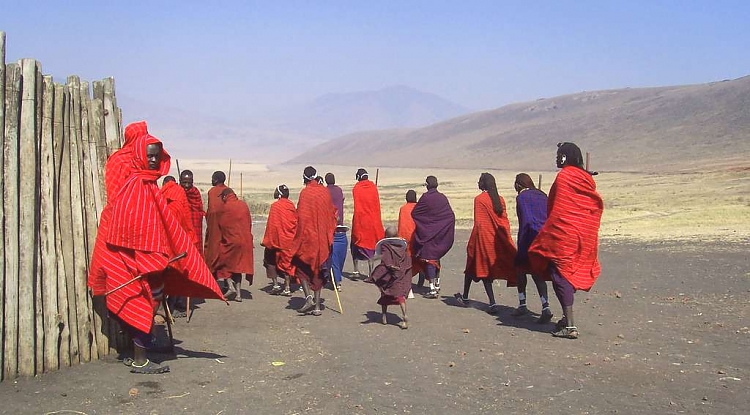
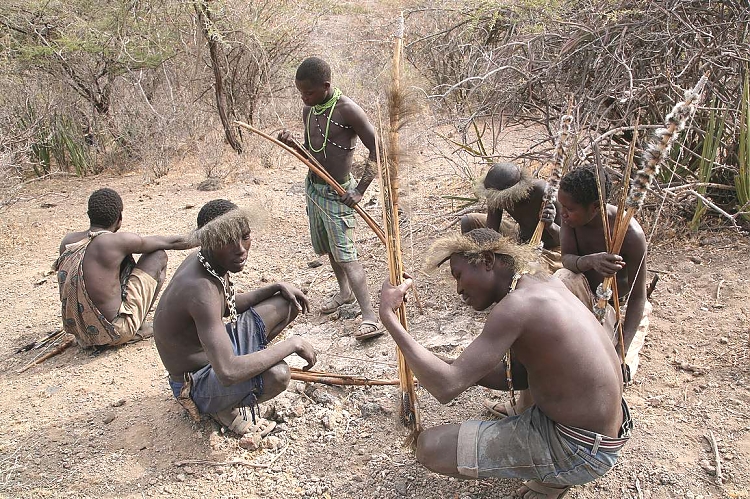
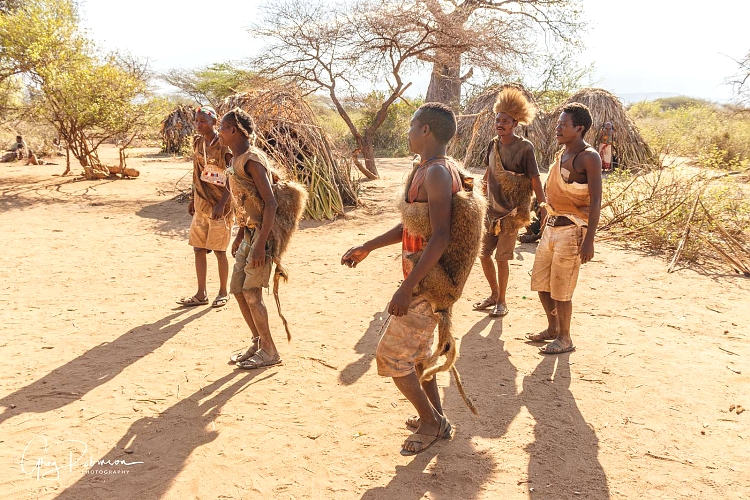
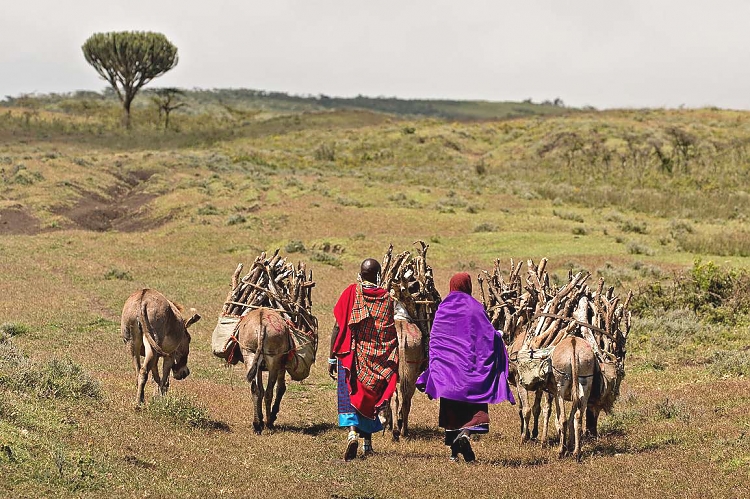
_-Maasi-Village-Tanzania_750_499shar-50brig-20_c1.jpg)





